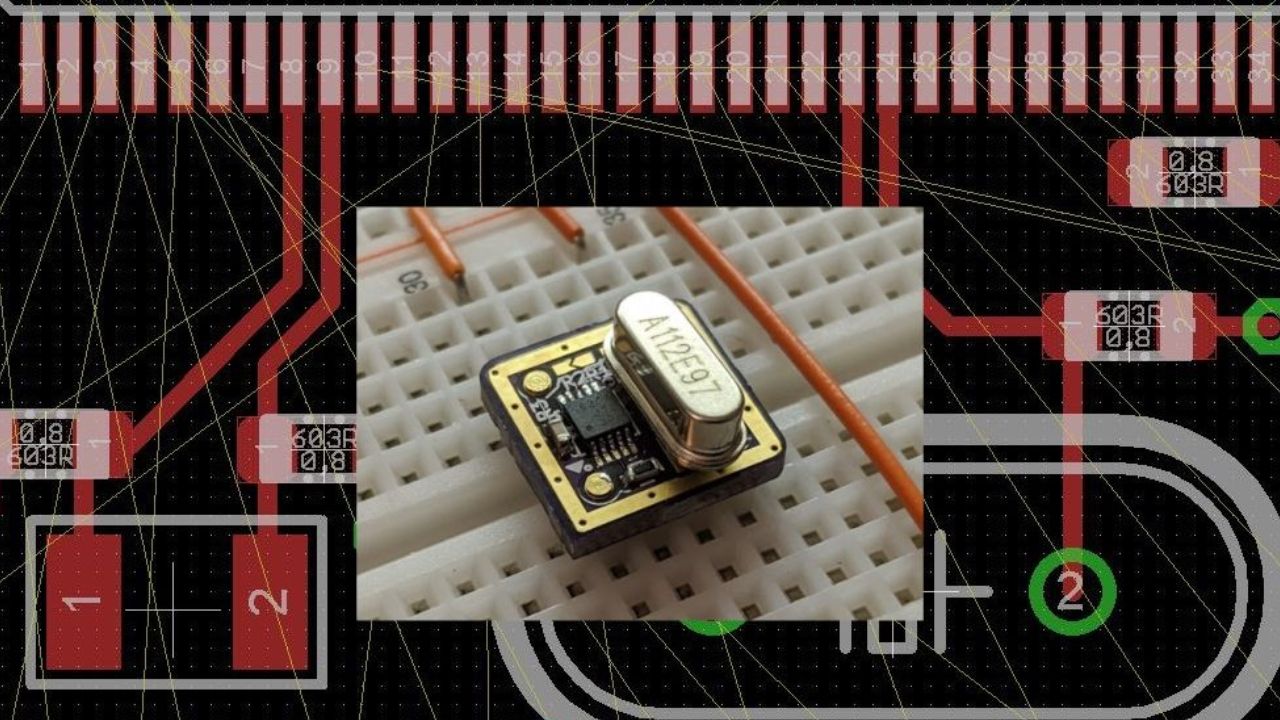The crystal oscillator is a vital electronic part that delivers precise frequency signals with stability. The device operates in communication systems, computers, and industrial applications. A Quartz Oscillator Manufacturer ensures the production of high-quality oscillators that provide precise and stable frequency signals. The selection process of the best oscillator depends on understanding these fundamental factors.
Accuracy and Stability
The precise frequency output emerges from a high-quality crystal oscillator system. The accuracy of an oscillator describes the relationship between its actual frequency output and the desired frequency value. Minimal changes in frequency output will impact the functionality of electronic devices. Stability functions as an essential factor since it establishes how consistently the oscillator preserves its frequency across different operational conditions. Modern oscillators maintain steady performance even when exposed to different temperatures and environmental elements.
Low Phase Noise
An oscillator signal contains unwanted variations known as phase noise. The signals from high-quality crystal oscillators contain minimal phase noise because this characteristic is vital for applications that need precise and stable signals. Phase noise reduction delivers superior performance to communication systems, while precision instruments benefit from this improvement by minimizing errors and signal disturbances.
Manufacturing Quality
Manufacturing procedures for crystal oscillators determine their overall quality level. Manufacturers who maintain their reputation conduct rigorous quality control tests to guarantee all their oscillators satisfy high-performance benchmarks. A series of tests, along with calibration procedures, validate accuracy and stability as well as durability before an oscillator goes into electronic device usage. Using oscillators produced by recognized manufacturers leads to obtaining components that provide both reliability and extended lifespan.
Application Suitability
Every application demands a specific crystal oscillator design. A high-quality oscillator needs to fulfill the precise requirements of the electronic device where it will be implemented. The required oscillator features depend on application needs because communication systems need minimal phase noise, while temperature-sensitive environments require exceptional thermal stability. The decision to pick an appropriate oscillator for an application leads to enhanced operational results.
Temperature Resistance
The operational performance of crystal oscillators is influenced by changing temperatures. The design of a good-quality oscillator includes features that allow it to operate through temperature changes without experiencing major frequency shifts. Special materials combined with design techniques help manufacturers reduce the temperature-related effects on their products. Advanced oscillators contain temperature compensation technology, which enables them to operate accurately even under harsh environmental conditions.
Shock and Vibration Resistance
Industrial and military applications that use crystal oscillators need them to withstand physical shocks along with vibrations. Modern oscillators are built with robust mechanisms that protect them from environmental forces, which enables their correct operation in harsh conditions. The crystal benefits from protective mounting techniques and enclosures, which shield it against external impacts.
Power Efficiency
The amount of power a device consumes is an essential factor. A top-quality crystal oscillator operates efficiently using minimal power consumption to deliver its intended performance. The usage of efficient oscillators increases the longevity of portable device batteries and minimizes total energy requirements in complex systems.
Conclusion
The performance characteristics of a high-quality crystal oscillator include excellent accuracy together with stability and temperature resistance, low phase noise, slow aging, and durability. The device must have both high energy efficiency and precise manufacturing standards. Knowledge of these factors enables users to pick the most suitable oscillator for their application, which results in dependable, consistent operation in electronic devices.


